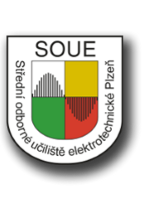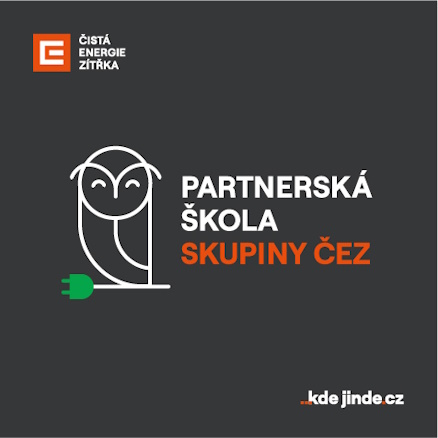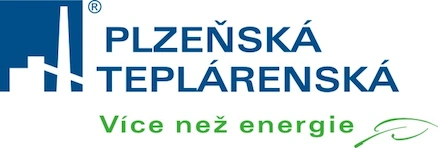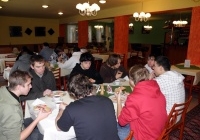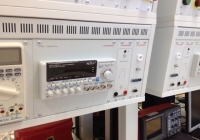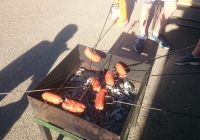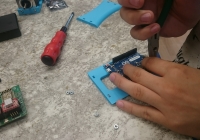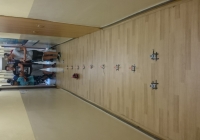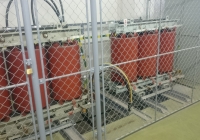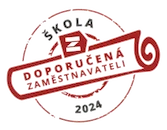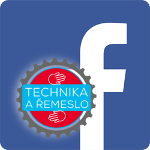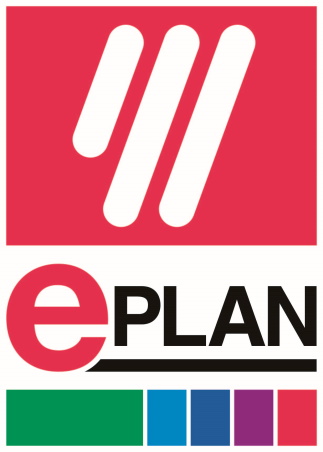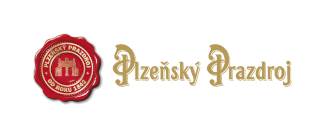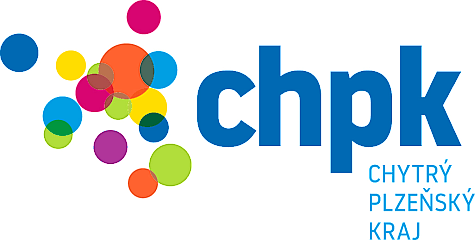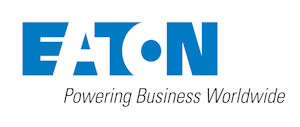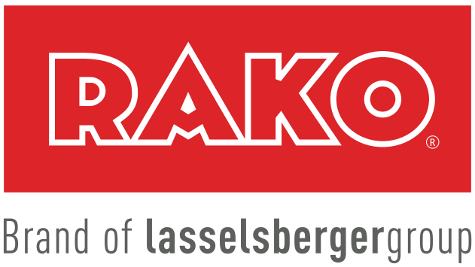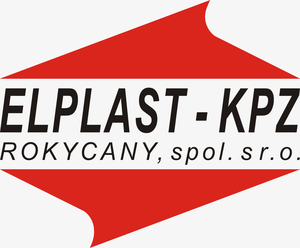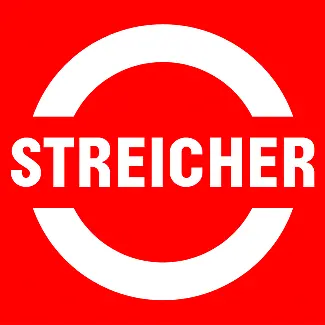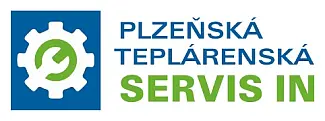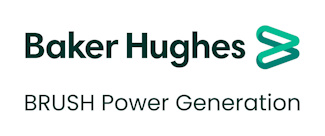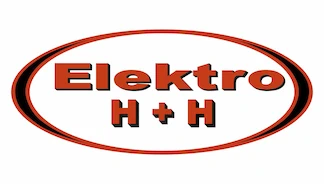Erasmus+ Programme – Strategic Partnership
Project Nr: 2017-1-CZ01-KA219-035417
Event host organization: Liceul Tehnologic “Sfantul Pantelimon” Bucureşti
Report of the learning activity C4 in Romania
1st day October 7, 2018
During the first day all groups (Spain, Poland and the Czech Republic) arrived. Teachers from all schools and Czech students were accommodated in the hotel and students from other schools in families. After arrival and accommodation our group went together for a walk to see the Bucuresti atmosphere in the surroundings of our hotel.
2nd day October 8, 2018
It was the first working day of the meeting. We all came to school and were officially welcomed by the project coordinator from the Romanian school. First we saw presentations about the school, the city, school system in Romania and traditional Romanian meals. All presentations were in English and were prepared and presented by the Romanian students. Then international teams were created in which participants did many activities. They took a look at the school. After that students and teachers played traditional children games in the gym and outside (all teams got the task to bring to Romania at least one traditional game from their country). We realised that most of the games are or were played in all countries with different names and sometimes a bit different rules. But it was a big fun and what was the most interesting – for about one hour and half all students forgot about the internet, mobiles, Wi-Fi connection…. We all agreed that the games will be presented and played in all schools during PE lessons. After that we all moved to a big shopping centre for lunch where we tasted traditional Romanian meals. Students spent the afternoon in the company of Romanian students and all teachers met at school for the project meeting to discuss the project outputs, activities which were and will be done between the meetings and we also discussed the dates and program of the last transnational meeting.
3rd day October 9, 2018
This day was divided into three parts. During the first we were at school and worked again in the international teams. The task for all students was to prepare some information about the typical national and folk traditions according to year seasons. Students brought with them to Romania small objects and pictures to demonstrate the traditions. Students worked in 4 teams – in one team they prepared spring traditions in each country and put all objects and pictures into one traditional basket. Similarly they prepared information about summer, autumn and winter tradition. Each group had mentors from the teachers. It was interesting to see how students were able to communicate in English and worked on the task as a team. After preparatory part they introduced their traditions to all groups. Again we could see the same or similar traditions for Easter and Christmas time but we met a lot of different traditions. This workshop perfectly fitted to our project and we got a lot of new and interesting information.
In the second part we all went by bus to the Romanian parliament palace. There we were guided by a professional guide and heard the interesting history of that place and could see working places of Romanian members of parliament.
The Palace of the Parliament (Romanian: Palatul Parlamentului) is the seat of the Parliament of Romania. It is the second largest administrative building in the world after The Pentagon. The Palace has a height of 84 metres, an area of 365,000 square metres and a volume of 2,550,000 cubic metres. In terms of weight, the Palace of the Parliament is also the heaviest building in the world, weighing in at around 4,098,500,000 kilograms.
A colossal building, designed and supervised by chief architect Anca Petrescu (1949–2013), with a team of approximately 700 architects, constructed over a period of 13 years (1984–97), it was built as a monument for a totalitarian kitsch style of architecture, in Totalitarian and modernist Neoclassical architectural forms and styles, with socialist realism in mind. The Palace was ordered by Nicolae Ceaușescu (1918–1989), the dictator of Communist Romania and the second of two long-time autocrats in power in the country since World War II, during a period in which the personality cult of political worship and adoration was in full force for him and his family. Known for its ornate interior composed of 23 sections, it houses the two houses of the Parliament of Romania: the Senate and the Chamber of Deputies, along with three museums and an international conference centre. The several museums hosted inside the Palace are the National Museum of Contemporary Art, the Museum of Communist Totalitarianism (established in 2015) and the Museum of the Palace. Though originally named the House of the Republic when under its long period of construction, after the Romanian Revolution in December 1989 it became widely known as The People’s House. Due to its impressive endowments, events organized by state institutions and international bodies such as conferences, symposia, and others take place there, but even so about 70% of the building almost four decades later still remains empty.
The third part was the workshop of traditional Romanian pottery. First we saw some examples of the pottery and got some information how it was made. Then all students could try to paint and decorate small ceramic bowls using water colours. They could use their own imagination and it was interesting to see how in a while they were “caught” by this work and to see the results. The students could take their bowls home to show them to their families and classmates and schoolmates. In this workshop students tried old handcraft.
4th day October 10, 2018
During this day we made a long coach trip to Carpathian Mountains. It was a very interesting day in the lovely sunshine autumn weather. During this day we saw important Romanian heritage the “Dracula castle” Bran, nice Romanian mountains, villages and the town Brasov.
Bran Castle (Romanian: Castelul Bran), situated near Bran and in the immediate vicinity of Brașov, is a national monument and landmark in Romania. The fortress is situated on the border between Transylvania and Wallachia, on DN73. Commonly known as “Dracula’s Castle” although it is one among several locations linked to the Dracula legend, it is often erroneously referred to as the home of the title character in Bram Stoker’s Dracula. There is, however, no evidence that Stoker knew anything about this castle, which has only tangential associations with Vlad the Impaler, voivode of Wallachia, the putative inspiration for Dracula. The castle is now a museum dedicated to displaying art and furniture collected by Queen Marie. At the bottom of the hill is a small open-air museum park exhibiting traditional Romanian peasant structures (cottages, barns, etc.) from across the country.
Brașov is a city in Romania and the administrative centre of Brașov County. According to the latest Romanian census (2011), Brașov has a population of 253,200 making it the 7th most populous city in Romania. The metropolitan area is home to 382,896 residents. Brașov is located in the central part of the country, about 166 kilometres (103 miles) north of Bucharest and 380 kilometres (236 miles) from the Black Sea. It is surrounded by the Southern Carpathians and is part of the Transylvania region. The city is notable for being an important centre of Transylvanian Saxons in the past, and a large commercial hub on the trade roads between East and West. It is also the birthplace of the national anthem of Romania.
The trip was really very nice. We could see a very interesting parts of Romania. Participants spent the whole day together, communicated with each other and shared their experiences. They got also interesting information about Romanian history, traditions and could see the land of shepherds.
5th day October 11, 2018
This day was divided into three parts. During the first part we visited the “Dimitrie Gusti” National Village Museum in Bucharest.
The Village Museum is an open-air ethnographic museum located in the Herăstrău Park, showcasing traditional Romanian village life. The museum extends to over 100,000 m2, and contains 272 authentic peasant farms and houses from all over Romania. It was created in 1936.
In the museum we were guided by a professional guide who explained us in English the traditional village life in Romania. We could see the whole households, houses, barns, churches, windmills, water mills, fisherman house and many others structures. Some of the places were furnished with traditional wooden village furniture, most of the houses were surrounded by nice gardens. The oldest monuments and artefacts were from 17th century until the beginning of 20th century, most of them from 19th century. The museum does also the restoration and preservation work.
During the second part of the day we were guided around the centre of Bucuresti and saw some historical places and buildings. We were explained also the old and modern history of Romania. So the young students from all schools could now understand better the revolutions in 1989 in West European countries.
In the afternoon there was organised the next workshop for us. We learnt how the traditional leather shoes were handmade and tried to make them as the souvenirs. It was again nice to see all the participants sitting next to each other around the tables, cooperating and discussing things in English. We got interesting information and skills mainly about a traditional village life in Romania.
In the evening we all met in the restaurant where traditional dinner was organised for us. During it we could taste traditional Romanian meals; we danced traditional national dances and had nice time together. All the participants were given the certificates of attendance.
6th day October 12, 2018
It was the last working day of the meeting. Participants met at school, worked in the international teams and prepared presentations what they did, saw, what they liked most about the visit of Romania. It was last workshop and the results were interesting. At the end we evaluated the whole stay in Romania, shared our likes and experiences, and made last photos. We agreed that we all liked the meeting in Romania a lot, we got lots of new information, got new skills, experiences and made new friendships.
Polish group left Romania on Friday late afternoon, the Czech and Spanish groups on Saturday morning.
Enclosures:
Program of the activity
Confirmation of the attendance
Power point presentations – Romanian system of education, the school and the city, traditional Romanian meals; learning activity in Romania.
